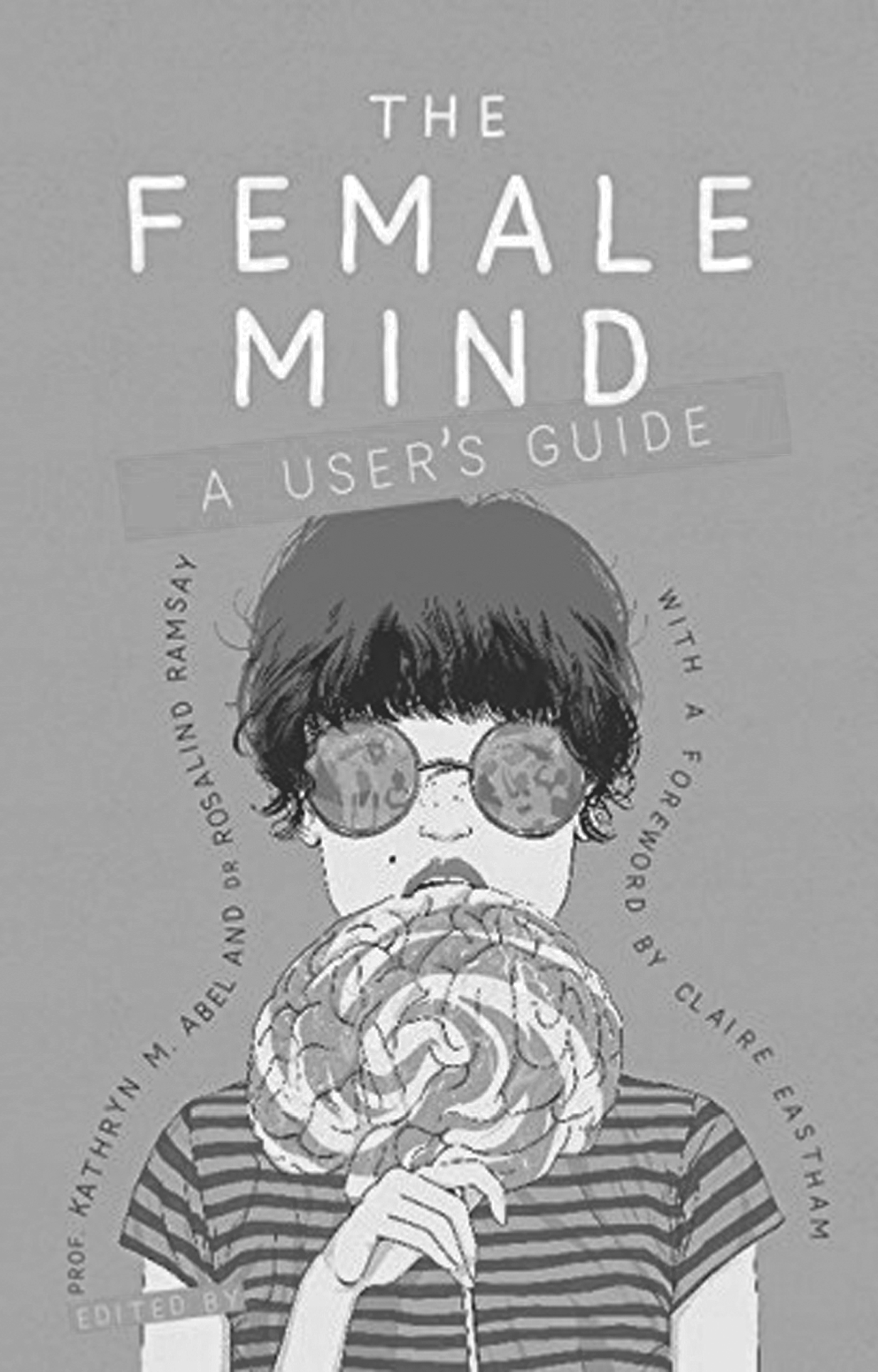
The Female Mind: A User's Guide, edited by Abel and Ramsay, is a much-needed, holistic resource for both laypeople and clinicians about the mental well-being of women. It is divided into five parts, each comprising chapters eloquently written by experts.
Part I. Women in perspective considers the many facets of what it means to be a woman in ancient and contemporary society, and how this evolves throughout their life. Parts II and III, Women in society and Women and their environment, go on to explore several sociocultural circumstances and environmental factors that affect a woman and how they may negatively affect their mental health. Parts IV and V, Women and specific disorders and Women and treatment, take individual disorders and explore how they are experienced by women before discussing treatment options and patients' perspectives on these services.
Although many sociocultural factors influencing a woman's mental health are discussed throughout the text, the role of LGBTQ+ identity is overlooked. This seems an unfortunate omission given that the text explores the psychological stress that societal expectations of a woman's lifestyle can bring, yet fails to acknowledge the diversity of a ‘queer’ lifestyle and the associated oppression. Further, although the editors acknowledge ‘gender fluidity’ in the introduction, the text later refers to ‘both genders’ (p. 152); reinforcing the oppressive concept of binary gender.
Perhaps the greatest strength of this book is its ability to empower educated women to develop an understanding of how societal and environmental circumstances may make them vulnerable to mental health issues as well as aiding in understanding particular illnesses they may experience. Furthermore, chapters end with concise sections detailing self-help options for women, further support that may be available when experiencing difficulties and advice for loved ones on how best to provide care.
Another great asset of this book is the inclusion of the lived experience of women in similar situations throughout the text. I believe the openness of each story helps readers to understand the diversity of experience and hardship a woman may have, and how such issues can often be resolved. In addition, I believe each story contributes to destigmatisation of the vulnerabilities women face in mental health or otherwise.
Finally, I thank all contributors for this fantastic and unique text and would strongly recommend it to anyone who wishes to gain a more comprehensive understanding of The Female Mind.





eLetters
No eLetters have been published for this article.